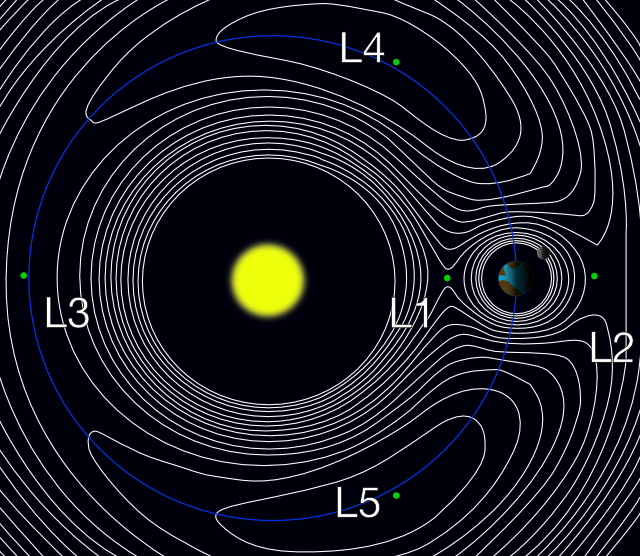Every now and then a story appears in the media about how boffins (and it is always “boffins”) have worked out an equation for something: the perfect cup of tea, the most depressing day of the year, the best way to make pancakes, the perfect handshake, or in the most recent case, the perfect cheese on toast.
The Royal Society of Chemistry, whose boffins came up with the cheese on toast equation, really ought to know better, so to save any more of our august institutions from embarrassing themselves I have come up with an equation for the perfect bullshit marketing equation.

The equation for the perfect bullshit marketing equation
(rendered in to make it look more sciency).
represents the amount of utter bullshit that this equation is. The subscript is there to make it look a bit more sciency.
represents public appeal, which has no sensible unit, and is squared because most people remember the squared symbol from when they were at school and it looks really sciency without being too threatening. The
term is also included because the
and
don’t kern properly for some reason and it will make graphic designers angry.
represents column inches, which has the unit of inches and is the only term with a unit, meaning that the final unit of utter bullshit is
which is, as expected, utter bullshit. It and the
term also represent the failure of bullshit equation-makers to understand that quantities in equations are only ever represented by individual symbols.
represents Not Understanding What An Equation Is. The lowercase subscript
represents failing to take a consistent approach to the use of subscript in bullshit equations.
represents Not Understanding Dimensional Analysis. It’s an uppercase delta because that symbol already has a well-understood meaning and there is therefore no reason to use it but it looks sciency and hey, we’ve come this far, right?
The and
terms are multiplied together and added to the
term because any equation worth its salt has got to have some pluses and timeses in, otherwise it doesn’t even look like an equation.
The pi-th root of the term is used because by this stage it can’t make the equation any worse than it already is, nor any worse than any of the bullshit equations that have come before it.
is the Kronecker delta where
and
and is included because it looks really sciency whilst making absolutely no difference to the final result. The
and
terms were determined by rolling a die. I used the Kronecker delta rather than an Iverson bracket because I don’t really know what Iverson brackets are.
UPDATE: For how this post came about, check out this Storify story.
